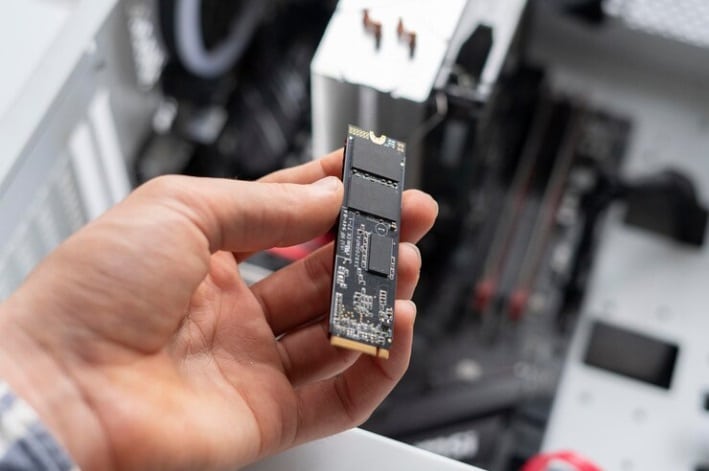NetApp is advancing its efforts in the cloud storage market with the acquisition of Bycast, a developer of object-based storage virtualization software that turns multiple storage devices across geographically dispersed locations into a single pool for storing fixed content data.
NetApp announced today that it has entered into a definitive agreement to acquire privately held Bycast for an undisclosed sum. According to NetApp, the plan is to expand NetApp’s reach in unified storage by adding object-based storage software to the mix.
NetApp claims that Bycast’s products will strengthen its ability too serve vertical markets such as digital media, Web 2.0, healthcare, and cloud services providers.
“The addition of Bycast’s products enables NetApp to offer our enterprise customers and service provider partners a complementary solution that enables them to efficiently build and manage a very large-scale global repository of data central to many IT-as-a-service offerings,” Manish Goel, executive vice president, Product Operations, NetApp, said in a press release today.
Bycast’s flagship product is its StorageGRID storage virtualization software. StorageGRID virtualizes heterogeneous storage devices – everything from high performance disk to tape – and runs on industry standard servers and provides a virtualization layer that sits between applications and the underlying storage hardware.
Applications store and retrieve data from the StorageGRID grid using CIFS, NFS, and HTTP. The system manages stored data using configurable policies that determine the degree of replication, geographic placement, and the storage tier on which data is stored.
Bycast positions StorageGRID as a cloud storage platform for service providers based on its ability to deliver multi-tenant digital archives across multiple sites.
Bycast claims to have about 250 customers under its belt and has OEM partnerships with HP and IBM, both of which sell the StorageGRID software under their own brands.
HP and Bycast have a strategic OEM partnership focused on medical image storage and archiving under the HP brand Medical Archive Solution (MAS).
IBM’s System Storage Multilevel Grid Access Manager Software (Grid Access Manager Software) is based on StorageGRID and the IBM Grid Medical Archive Solution (GMAS) combines IBM’s TotalStorage and IBM System x servers plus the Grid Access Manager Software. In addition, IBM also uses Bycast’s File System Gateway technology to provide a standard CIFS/NFS interface for the IBM System Storage DR550.
According to NetApp, the company will determine whether it will continue the existing Bycast partnerships as it works through the closing of the transaction. The deal is expected to close in May 2010, subject to closing conditions.
According to an e-mail statement to InfoStor, NetApp plans to keep “most of the Bycast team” and does not plan to lay off existing NetApp employees because of the acquisition. NetApp is planning “to eliminate a small number of positions at Bycast. While Bycast employees’ roles are not changing as a result of the acquisition, Bycast groups are being integrated into NetApp’s organization.”
The company plans to turn Bycast’s Vancouver headquarters into a technology center for responsible for existing Bycast products and future product development.
Bycast’s engineering and product management groups will report to product operations, solutions specialists will report to field operations, sales resources will report to sales, and so on.
NetApp announced its cloud storage intentions earlier this year when it formed a cloud partnership with Cisco and VMware (see Dave Simpson’s article “NetApp, Cisco, VMware collaborate on the cloud”).
The partnership is based on developing the Secure Multi-tenancy Design Architecture, a reference design with the goal of enhanced security in cloud environments.
Dell also entered the object-based storage fray recently with last month’s debut of the Dell DX Object Storage Solution, a new homegrown system that uses metadata to store fixed digital content in a scalable, flat address space (see “Dell jumps into object-based storage”).

